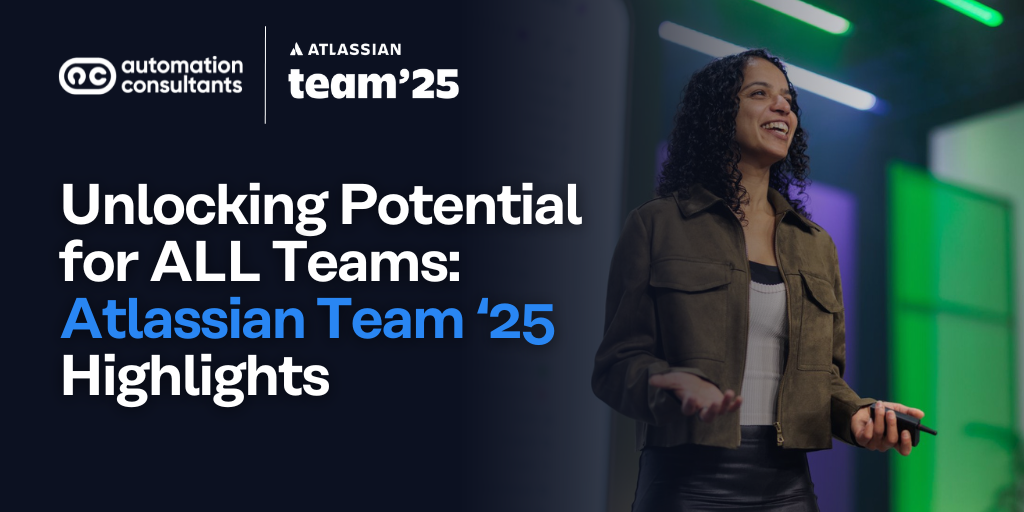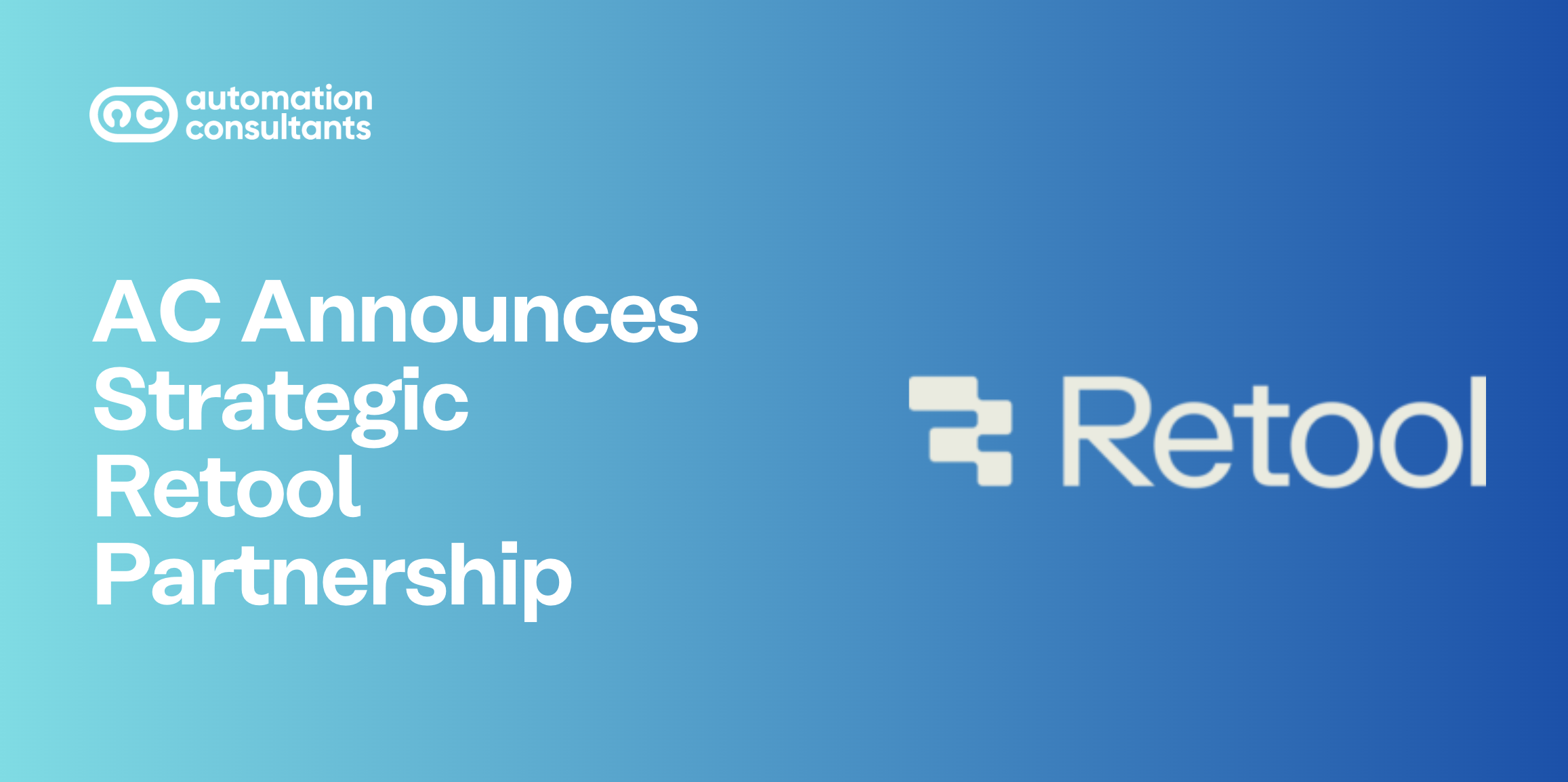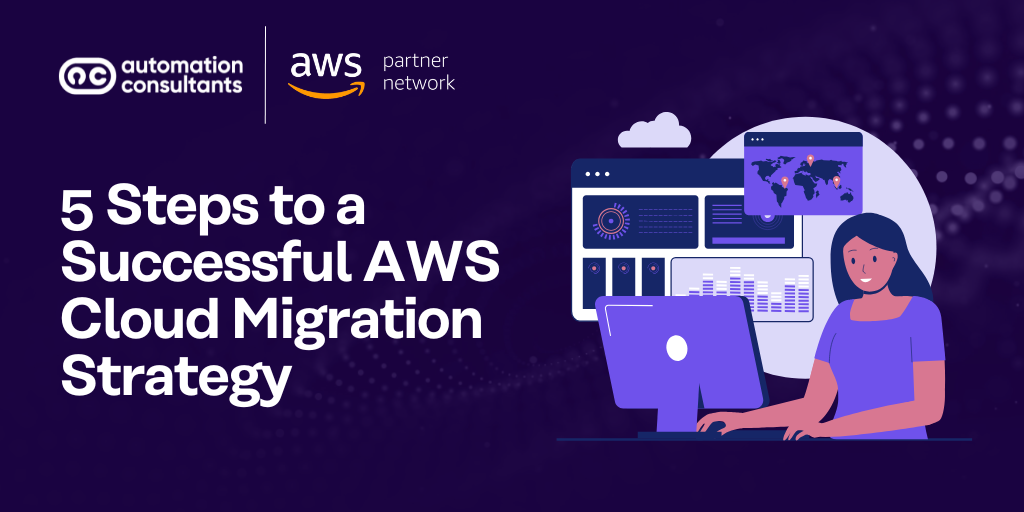Infrastructure as a Service (IaaS) has become a more competitive field in recent years: though AWS remains the market leader – achieving revenues of $18 billion in 2017 – it now exists in a more competitive commercial environment.
In 2018, AWS vs Azure vs Google is a serious contest: all three have their strengths, and all three provide something different to different kinds of company. Some of the most important purchasing factors include the global availability of data centers, the simplicity of migrating existing assets and workloads from one platform to another, the platforms’ subscription costs, and the maturity and breadth of the platforms’ products and features.
Here’s what they have to offer your business.
Amazon Web Services (AWS)
With twelve years on the market as of 2018, AWS has a substantial head start on the competition – and it has put its first mover advantage to good use. It’s the most mature platform available, and its functionality is wider and deeper than the others.
The AWS cloud also has the largest network of data centers globally, meaning that it can provide a reliable service even in areas such as China – where censorship laws impose certain restrictions on technology providers like Google.
Among AWS’ key features and services are:
- AWS CloudFormation. This tool lets you pre-write your application infrastructure in code – and then automatically organise the necessary virtual machines for implementation. Certain machines can be programmed to run during specific time periods: during annual holidays, for example, your code can be executed by these virtual machines.
- Amazon Machine Images (AMI). Available on the AWS Marketplace, these pre-packaged virtual machines come pre-loaded with relevant software (i.e. Atlassian Jira). It is also possible to build your own AMI and make them available to the cloud market via the AWS Marketplace.
- Hosted Kubernetes. This platform for automating container deployment and management used to be Google-exclusive, but AWS now offers it too.
Microsoft Azure
Coming second in terms of market share, Microsoft Azure’s core advantage is that it’s (naturally) highly compatible with Microsoft infrastructures and assets.
If you’re using Microsoft products and looking to move to the cloud, Azure is therefore a logical choice: it is technically possible to use another provider, but Azure will significantly lower the risks and significantly increase the ease of migration.
Though the initial phases of its existence were marred somewhat by outages, Microsoft’s platform has improved in stability and reliability in recent years which makes AWS vs Azure a tougher decision.
Learn the differences between Azure DevOps vs Jira.
Google Cloud Platform (GCP)
The latecomer of the three, and the third in terms of market share (if China is excluded from the statistics), Google Cloud Platform’s main selling points are its lower cost per use and its ability to offer Kubernetes as a Service.
At present, GCP is often less expensive than AWS and Azure, and the longer you use it, the cheaper it becomes. Amazon’s platform offers no such cost relief – but it does provide a more comprehensive suite of services and products.
Perhaps as a by-product of its relatively recent entrance into the market, GCP is more limited; it does offer TensorFlow for machine learning applications – making it useful in certain experimental contexts that employ big data – but AWS also provides AI solutions via Comprehend and Rekognition.
Need help regarding the choice of IaaS platform for your business? Get in touch with our migration experts today.





